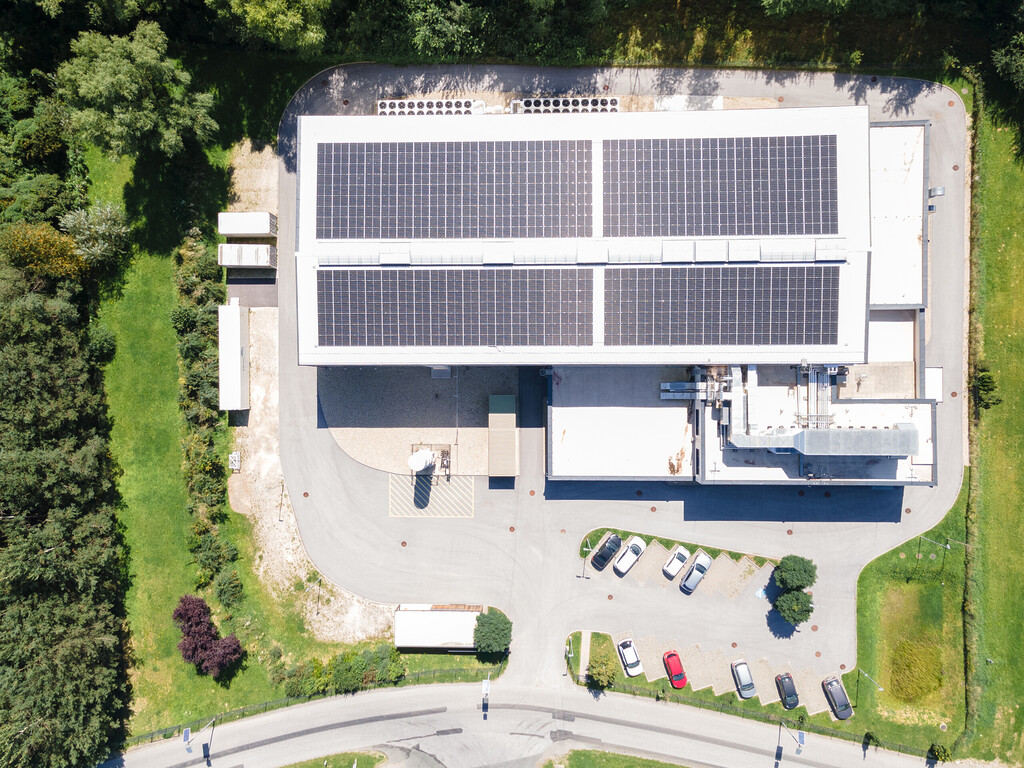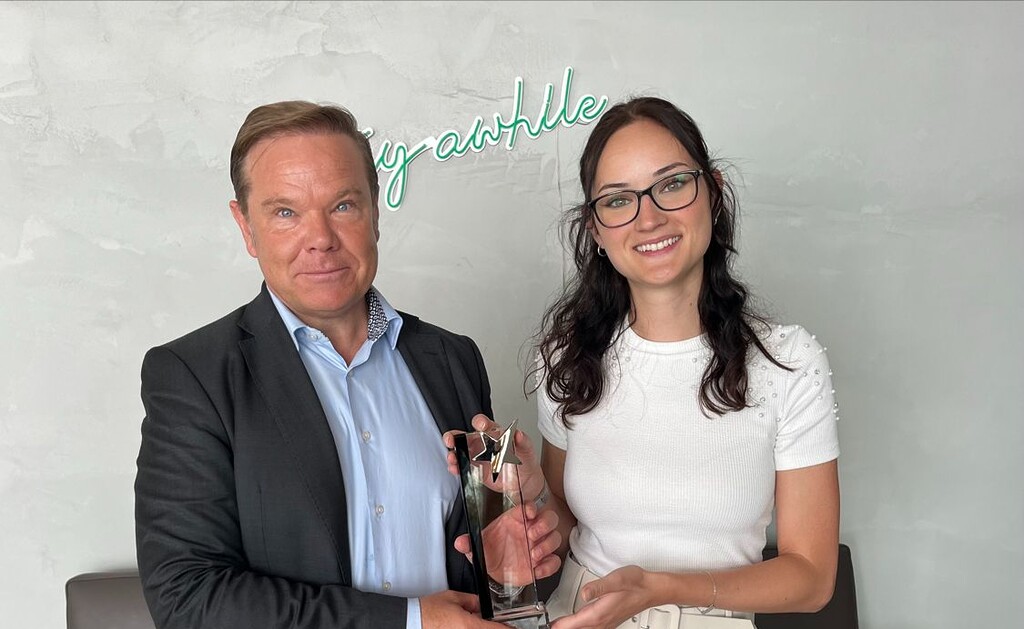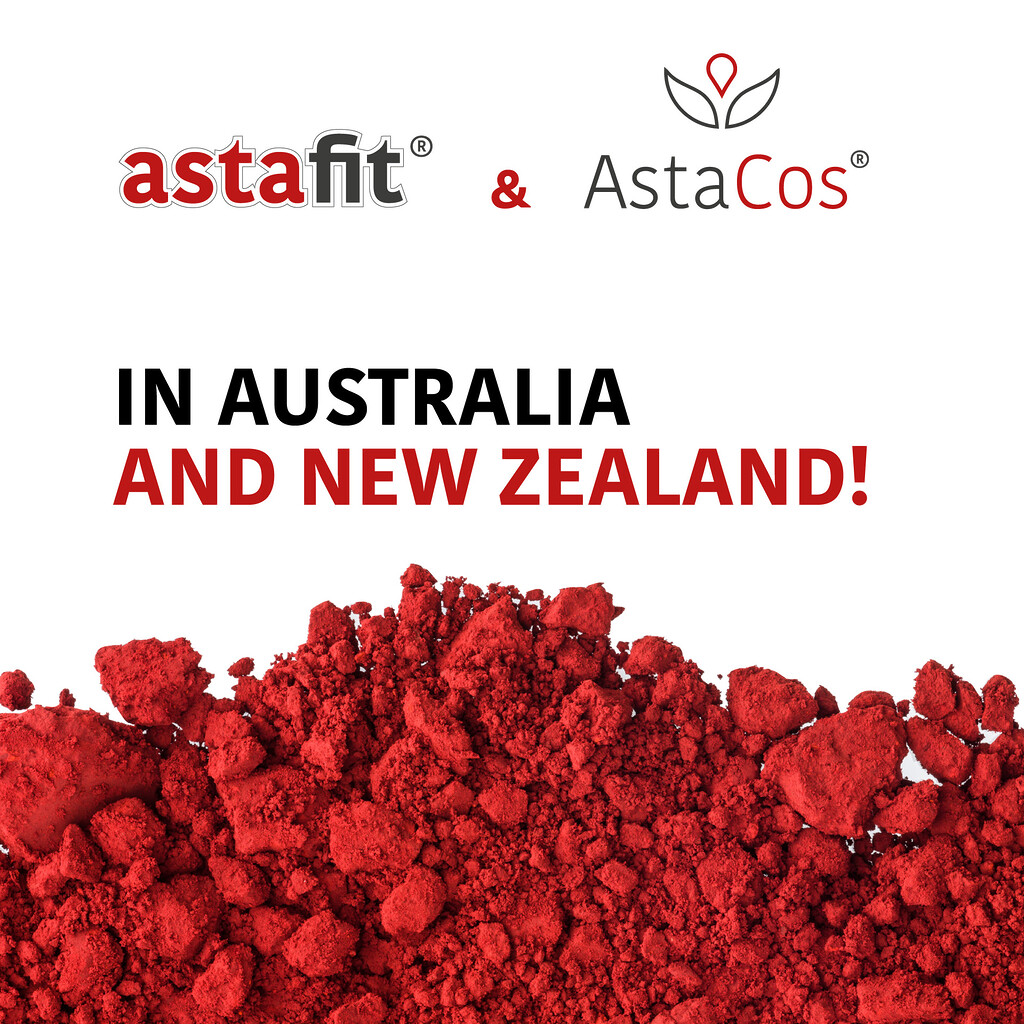Panel discussion on beauty from within
The power of natural astaxanthin – cell protection from inside and outside
Abstract:
The human skin is the largest organ of our body and plays a crucial role. As a protective shield, the skin is constantly exposed to environmental influences that cause stress reactions. Furthermore, the body’s own processes also trigger stress responses.
A systemic supply of micronutrients to the skin, e.g. through food or targeted supplementation, is the most important parameter that contributes to healthy skin. Combining topical application and oral ingestion of active ingredients can increase the effectiveness of the application and achieve better results.
Numerous actives can be supplied from inside and outside, but not all of them have the same potential effect. High membrane permeability is just as important as lipophilic and hydrophilic structures that allow the active ingredients to accumulate in the various membrane layers. Antioxidants in particular are an important group of active ingredients that can neutralise stress factors in the skin.
Algae-based astaxanthin is not only considered to be the strongest natural antioxidant, but also has the characteristics for a significant topical and oral absorption which were mentioned above. It belongs to the group of carotenoids, more precisely to the xanthophylls, due to its unique molecular structure (carbon, hydrogen and oxygen atoms) it is especially effective (1). As a fat-soluble active ingredient, astaxanthin derived from Haematococcus pluvialis is gently extracted by CO2. As a food supplement with capsules, it can be used directly as natural oleoresin and in combination with other functional substances. As a cosmetic ingredient, it can be further refined with jojoba oil.
Why does astaxanthin protect the skin against light-induced stress?
Antioxidants play an important role in neutralising reactive oxygen species (ROS). Astaxanthin is considered the „diamond amongst free radical scavengers“ and its importance in reducing oxidative stress has been scientifically documented many times (1).
Light-induced oxidative stress plays a crucial role in human skin ageing and can trigger severe skin damage. Whenever skin absorbs UV or visible light and transfers energy to oxygen, reactions are initiated in the skin, generating singlet oxygen – an extraordinarily reactive molecule whose impact on cell DNA is particularly harmful to the skin. The light-induced ROS and free radicals cause oxidative stress, damage proteins, lipids and DNA and lead to adverse changes in skin structure. Astaxanthin’s enormous potential to neutralise ROS is the solution to protect the skin.
What are the main factors in light-induced oxidative stress?
Different types of radiation trigger light-induced oxidative stress, e.g. such as:
- UVA radiation
- UVB radiation
- Blue light
UVA and UVB-radiation (ultraviolet light) as well as infrared light are responsible for approx. 50 – 80% of visible skin ageing. Light protection through cosmetic approaches and from within through targeted nutritional supplementation is therefore a good way to protect the skin. In particular, the UVB component of sunlight is a decisive factor when it comes to skin damage. UVB radiation, a high-energy short-wave radiation (290 – 320 µm), primarily affects the epidermal part of the skin.
In contrast, the UVA component of sunlight has less energy and can therefore be described as long-wave (320 – 400 µm). This type of irradiation is able to penetrate the dermal parts of the skin, leading to long-term damage of the collagen and elastin fibres. The human skin itself has intrinsic cellular protective mechanisms which are able to regulate the externally induced amount of ROS to a tolerable minimum. This natural mechanism can be overloaded by regular and continuous UV irradiation and weakens more and more over time (3).
Blue light also has a significant impact on our skin as it causes oxidative stress, especially in the mitochondria. In 2021, it was determined with the help of UV-VIS spectroscopy that the absorption maximum of astaxanthin is at 476 µm. Blue light is indicated by a wavelength of 400 – 480 µm. This suggests that astaxanthin can also protect against blue light (Fig. 1) (4).
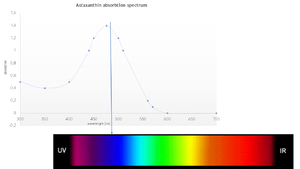
Figure 1: UV-VIS spectrum of astaxanthin.
Astaxanthin plays a central role in the reduction of premature photo-ageing of the skin and is an ideal additive for formulations containing UV-filters (5). A 2017 study suggests that continuous astaxanthin intake reduces oxidative stress and subsequently leads to morphological changes in the residual skin surface components (RSSCs), resulting in a reversal of the skin ageing process. The study lasted 4 weeks and included 31 participants (17 men and 14 women) over 40 years of age who received a daily dose of 4 mg astaxanthin (6). The effect of dietary supplementation with astaxanthin on UV-induced damage to the skin was also investigated in 2018. To evaluate the protective factor of astaxanthin on UV-induced skin damage, researchers determined the minimum erythema dose (MED) and analysed the UV-induced changes in moisture content and transepidermal water loss (TEWL) in 23 subjects when supplemented with 4 mg of astaxanthin daily, both at the start of the study and after 9 weeks of supplementation. The result of the study indicates an increase in MED (Fig. 2), which is attributed to a higher resistance to UV-radiation, a reduction in moisture loss in the irradiated areas (Fig. 3), and an improvement in skin roughness and skin texture in the the astaxanthin group (7). A recent in vivo dermatological study with topical astaxanthin application confirmed the protective effect of an astaxanthin-containing oleoresin (AstaCos®) against the effects of UV-radiation. In a clinical pilot study, the highly potent active ingredient was used at a concentration of 0.2%. Its UV-protective effect compared to a placebo was tested in a controlled experimental setting on 21 healthy volunteers with Fitzpatrick skin type 2 or 3 (Fig. 2).
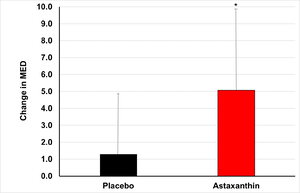
Figure 2: Change in minimum erythema dose (MED) compared to pre-treatment in the two groups. The error bars show the standard deviation.
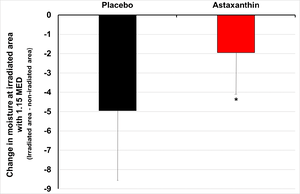
Figure 3: Dietary supplementation with astaxanthin reduces the loss of moisture in the irradiated areas. Change in humidity seven days after irradiation. The error bars indicate the standard deviation.
After intense UV-radiation, a 25% reduction in erythema was measured in the group treated with astaxanthin compared to the placebo group (Fig. 5). In this experimental setting, the active ingredient quenched the formation of visible erythema in more than 70% of the cases (8). In an additional in vitro study from 2021, human keratinocytes exposed to intensive UV-radiation were compared. Here, the cells treated with astaxanthin showed biological cell protection against UVB-radiation and fewer cell damages were found histologically (5).
How to fight free radicals?
The research mentioned above shows that astaxanthin provides optimal results for the skin when used orally and dermally. Astaxanthin acts as a biological cell protector against the effects of harmful UVA and UVB rays and is able to reduce wrinkles, increase skin elasticity and prevent skin ageing. The active ingredient guarantees a broad reduction of oxidative skin stress – it acts exactly where it is needed and penetrates deep into the skin layers. Due to the support from inside and outside, our skin is optimally equipped to protect us as a barrier against the daily, harmful environmental influences.
References:
(1) S. Davinelli, M. E. Nielsen, and G. Scapagnini, “Astaxanthin in skin health, repair, and disease: A comprehensive review,” Nutrients, vol. 10, no. 4, pp. 1–12, 2018.
(2) H. D. Martin et al., “Chemistry of carotenoid oxidation and free radical reactions,” Pure Appl. Chem., vol. 71, no. 12, pp. 2253–2262, 1999. (4) K. Scharffetter-Kochanek et al., “Photoaging of the skin from phenotype to mechanisms,” Exp. Gerontol., vol.35, no. 3, pp. 307–316, 2000.
(3) K. Scharffetter-Kochanek et al., “Photoaging of the skin from phenotype to mechanisms,” Exp. Gerontol., vol. 35, no. 3, pp. 307–316, 2000.
(4) “200610_Spektrum_Bluelight_Test_Derma1418.pdf.” .
(5) D. G.-R. institute for reliable Results, “Physiological / Histological in vitro Expertise,” no. March, 2021.
(6) N. E. Chalyk, V. A. Klochkov, T. Y. Bandaletova, N. H. Kyle, and I. M. Petyaev, “Continuous astaxanthin intake reduces oxidative stress and reverses age-related morphological changes of residual skin surface components in middle-aged volunteers,” Nutr. Res.,vol. 48, pp. 40–48, 2017.
(7) N. Ito, S. Seki, and F. Ueda, “The protective role of astaxanthin for UV-induced skin deterioration in healthy people—a randomized, double-blind, placebo-controlled trial,” Nutrients, vol. 10, no. 7, pp. 4–6, 2018.
(8) P. D. Kopera, “UV-protektives Potential von Astaxanthin Halbseiten-kontrollierte Pilotstudie,” no. 32, pp.1–14, 2021.
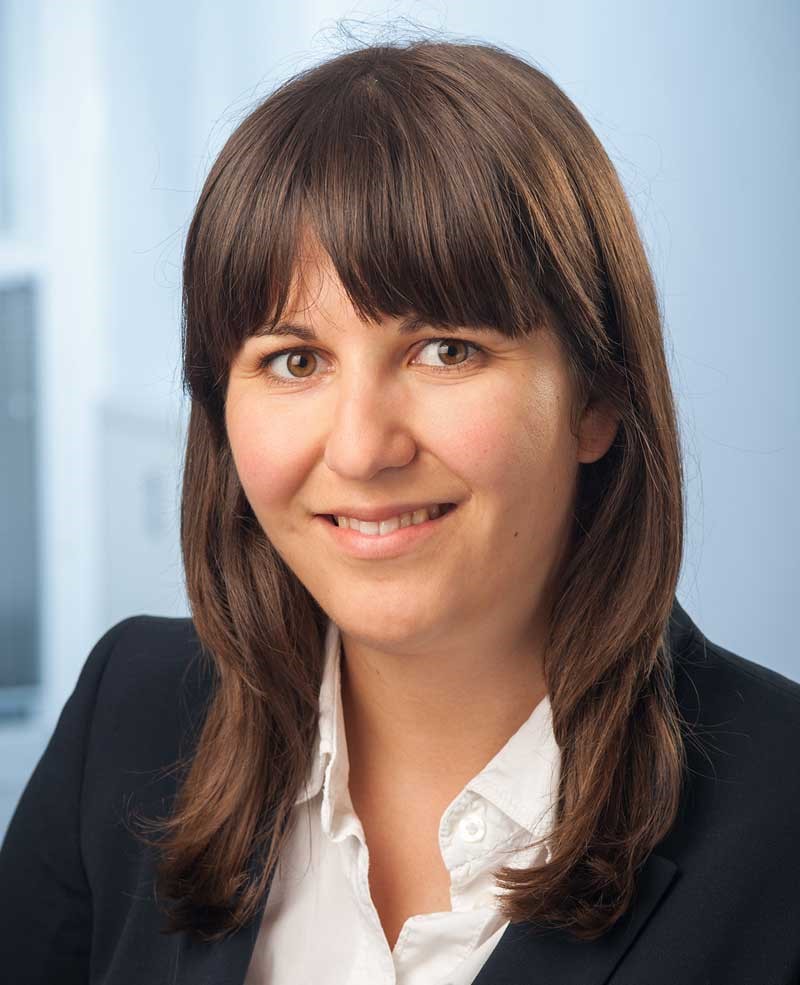
Katharina Müller, DI
Katharina Müller is former Head of Product Development at BDI-BioLife Science. She studied biotechnology at the Technical University of Graz and was involved in the development of the company’s own algae cultivation process. With her team, she works on the optimisation of algae-based active ingredients, the development of innovations and customised product concepts.
